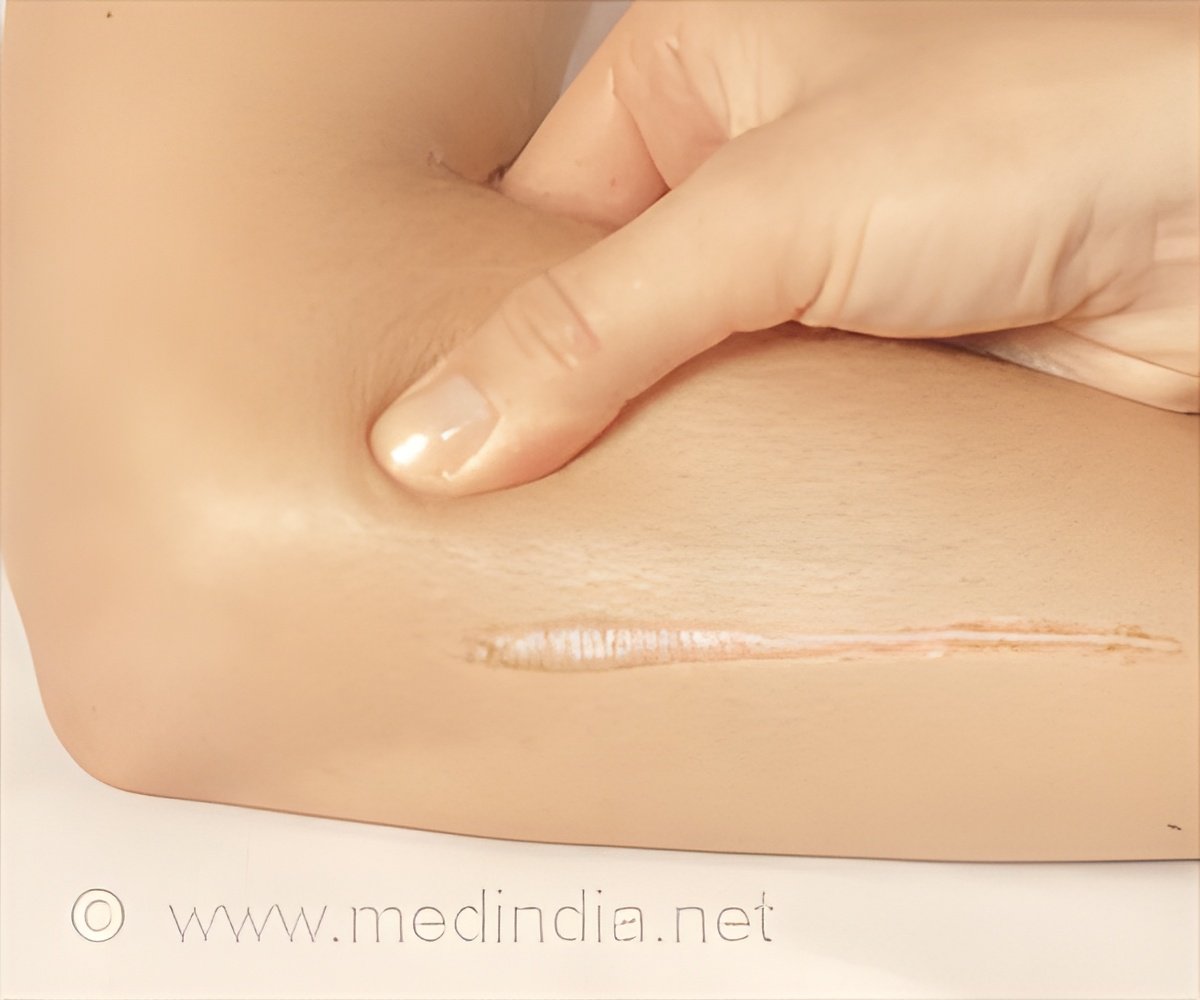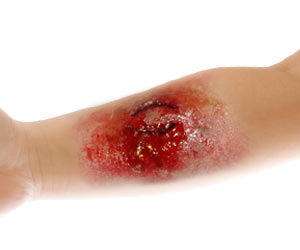Scientists are developing new compounds to stop scars from forming in the first place and avoid excess scar formation such as keloids.

- Scars occur when tissues have been damaged or repaired.
- Scars from 3rd degree burns, keloids, Dupuytren contracture are untreatable
- LOX enzyme shows promising results in the scarring process
Types of Scars
- Flat, pale scars are the most common type of scars
- Hypertrophic scars are red, raised scars that form along a wound
- Keloid scars are caused by an excess of scar tissue at the site of the wound, about 250,000 US patients undergo surgical treatment for keloids.
- Pitted scars have sunken appearance
- Contracture scars are caused by skin shrinking and tightening due to burns
- When the skin is damaged or if it is opened in surgery and there is a break.
- Collagen protein is produced as a part of the healing process.
- Collagen buildups when the tissue has been damaged and helps heal the wound.
- During the course of time (three months or longer) due to the formation of new collagen, the blood supply to the area increases, this causes the scar to become raised, lumpy and red.
- Some collagen breaks down at the site of the wound, resulting in reduced blood supply thereby the scar becomes smoother, softer and paler.
Lysyl oxidase (LOX) is a protein in humans encoded by the LOX gene. LOX is also known as protein lysine 6 oxidase. During the formation of scars, LOX enzyme enables the protein collagen (involved in wound healing process) to crosslink. This crosslinking process underpins the basic biochemical process that leads to scar formation.
Scar-in-a-Jar Model:
- Human fibroblasts were cultured from scar tissues in a petri-dish.
- The cultured cells overproduced and secreted collagen as in a real injury.
- LOX inhibitors from patients with Dupuytren's, keloids and other scar tissue were added to the cultures.
- LOX inhibitors were found to alter the architecture of collagen and restore it to a normal architecture found in the skin.
The researchers' primary objective is to help patients with severe or extensive scarring, but Iyer says that the inhibitors could potentially be used for cosmetic purposes as well.
The research work is to be presented at the 252nd National Meeting & Exposition of the American Chemical Society (ACS).
Ways to Reduce the Appearance of Scars
- Avoid scratching the wound
- Cover the wounds with a waterproof ointment
- Use silicone gels to reduce redness and promote healing
- Introduction to Scars - (http://www.nhs.uk/conditions/Scars/Pages/Introduction.aspx)











